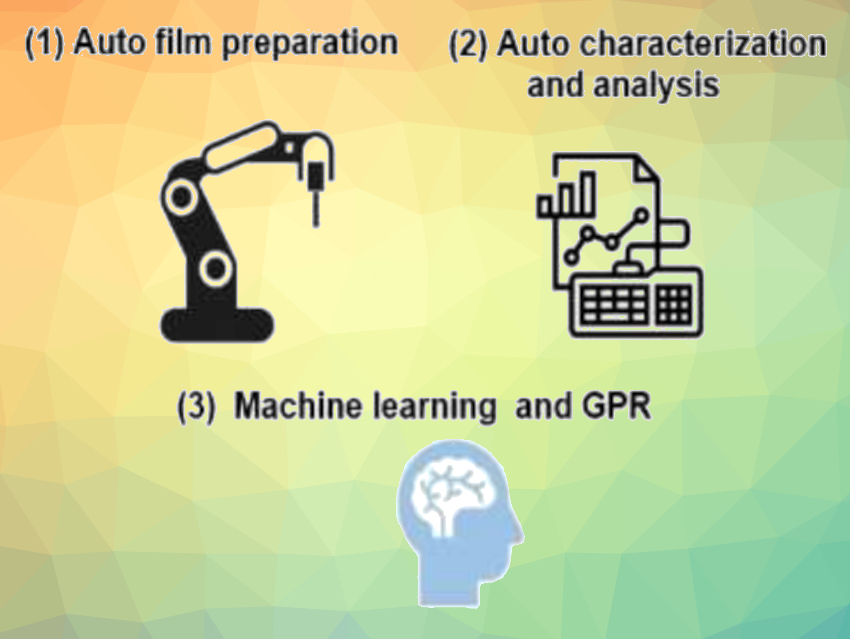An important step in the creation of efficient organic solar cells is the development of low-band gap polymer donors. These polymers can show interesting aggregation effects that dominate the device performance. The aggregation of polymers can be manipulated by changing a series of variables from a materials design and processing conditions perspective. However, the optimization of film quality can be time-consuming work.
Ning Li, University of Erlangen-Nürnberg (FAU) and Helmholtz Institute Erlangen-Nürnberg for Renewable Energy, both Erlangen, Germany, and Zhengzhou University, China, Christoph J. Brabec, FAU and Helmholtz Institute Erlangen-Nürnberg for Renewable Energy, and colleagues have developed a robot-based high-throughput platform to accelerate the exploration of the morphology of conjugated polymers as a function of processing parameters. It combines thin-film preparation, characterization by optical spectroscopy, and Gaussian process regression (GPR)-based algorithms, which are used to predict morphological details from the multidimensional space of process conditions.
A robot-based pipetting platform was used to prepare films of the polymer PM6 by spontaneous film spreading on a water surface. The solvents, additives, concentration, and temperature were varied independently. The automated acquisition of UV/Vis and photoluminescence spectra and the automated extraction of morphological features were then coupled to GPR to use the available experimental evidence for morphology optimization. For example, the integrated spectral modeling workflow gave quantitative microstructure information by distinguishing amorphous from ordered phases and assessed the extension of the amorphous versus the ordered domains. The method also allows for the formulation of hypotheses with respect to the underlying physical principles and could suggest experiments to be done in order to verify these hypotheses.
- Understanding the Microstructure Formation of Polymer Films by Spontaneous Solution Spreading Coating with a High‐Throughput Engineering Platform,
Rong Wang, Larry Lüer, Stefan Langner, Thomas Heumueller, Karen Forberich, Heyi Zhang, Jens Hauch, Ning Li, Christoph J. Brabec,
ChemSusChem 2021.
https://doi.org/10.1002/cssc.202100927



![Synthesis of [c2]Daisy Chains via Mechanochemistry](https://www.chemistryviews.org/wp-content/uploads/2025/04/202504_RotaxanesWithSolidStateMechanochemistry-125x94.png)
